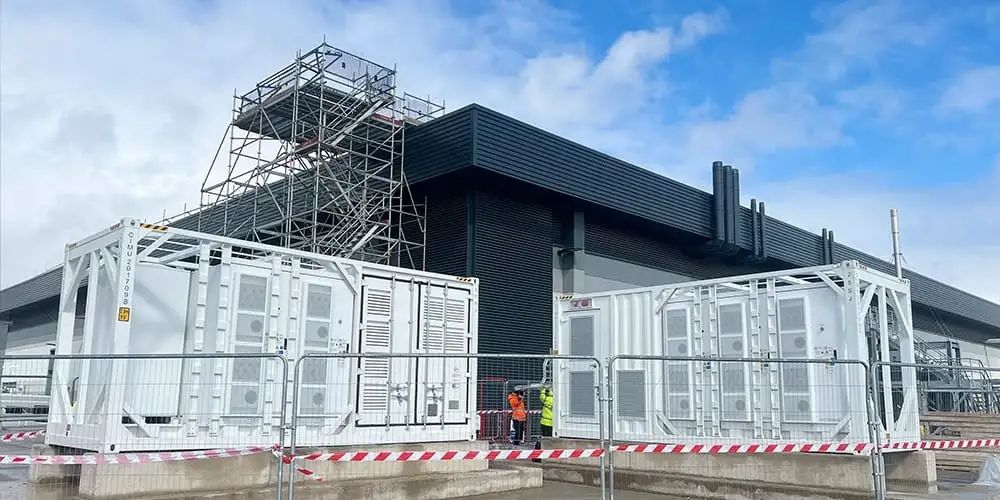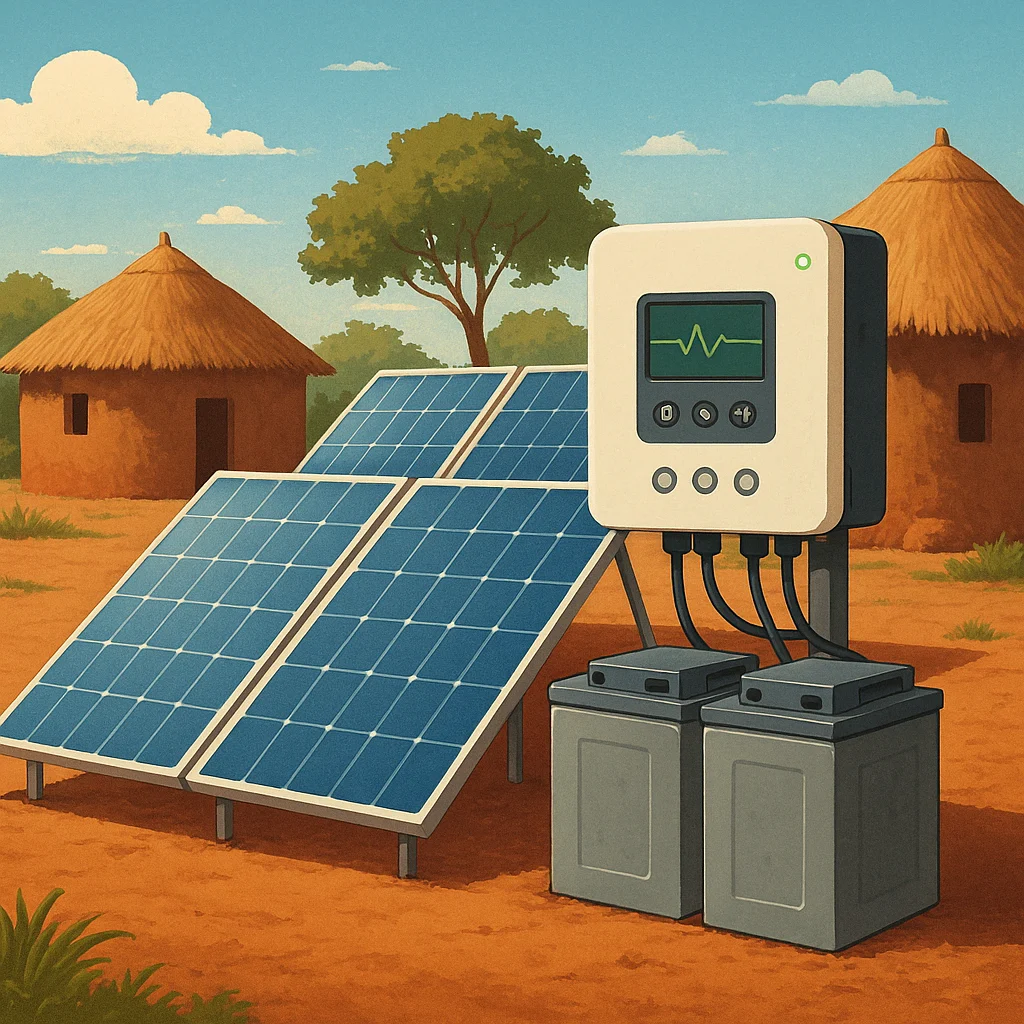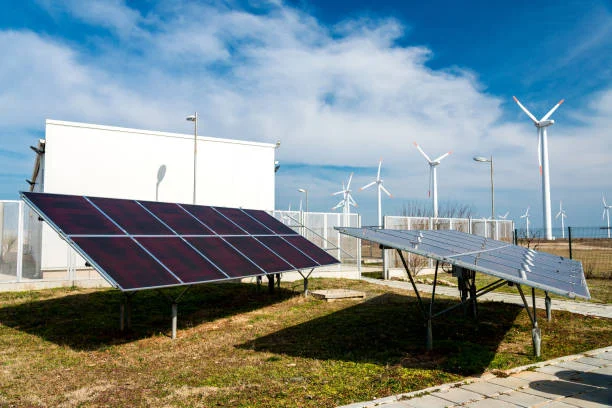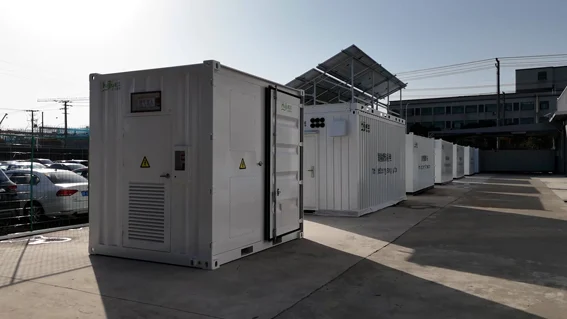Container Energy Storage: The Solution to Scaling Energy Solutions in Burundi
2025-04-08
Burundi is plagued by biting energy issues, from rising demand for trusted power and low availability of centralized electric power. New energy solutions in renewable energy storage have therefore been the sustainable answer. Among them, container-based energy storage systems are turning out to be game-changers. These container systems utilize advanced battery technology, such as lithium batteries, in conjunction with solar inverters and other equipment into compact, lightweight systems. As Burundi moves into the future with more utilization of cleaner energy sources, container energy storage integration is the effective, efficient, and cost-effective solution to construct the power infrastructure in Burundi.

The Emergence of Container Energy Storage in Burundi
Container energy storage integration is gathering momentum in Burundi’s evolving energy market. With its modular design and easy deployment, container systems provide a flexible solution to meet variable energy demands. Here’s how they are making a difference:
- Modular and Scalable Design: Container units can be deployed in various sizes and configurations, allowing for phased expansion as energy needs grow.
- Rapid Installation: Pre-assembled systems in containers reduce installation activities and logistics complexity required in areas with poor infrastructure.
- Mobility: Their mobility provides opportunities to power remote or developing parts of power even in portions with poor grid strength.
- Cost-Effectiveness: By using off-the-shelf components and streamlined deployment, container storage systems lower the cost of installation and operation compared to traditional systems.
The benefits of container energy storage extend well past simple backup power; they represent the revolution point of energy ingenuity for Burundi.
1. Grid Flexibility and Stability
- Balancing Demand and Supply: Container storage systems are capable of storing energy in off-peak hours when production is peaking and unload it during peaking demand hours, planting a buffer that levels out the grid.
- Demand Response Capability: They enhance the ability of the grid to respond to the variability of variable renewable generation, with corresponding greater reliability.
2. Enhanced Integration of Renewable Energy
- Smooth Integration: The technology integrates with renewable energy devices such as solar panels in harmony. Smooth integration enables effective capture of energy as well as utilization.
- Hybrid Energy Applications: They can be blended with other energy sources (solar and wind) to create hybrid energy systems which deliver constant power output irrespective of intermittent generation.
3. Environmental and Cost Benefits
- Carbon Emission Reduction: By putting an end to the need for backup power utilization by using fossil fuel, storage in containers realizes greenhouse emission reduction.
- Lower Operating Costs: Enhanced energy efficiency and decreased reliance on expensive peak power generation result in long-term cost savings.
- Spurring Local Economies: Field deployment of state-of-the-art energy storage technology has the capacity to spur local industry growth and jobs in the renewable energy field.
Innovations in Container Energy Storage
Technological advancements play the central role in modern container energy storage systems. The most advanced among these is the fact that the systems are facing the challenge of current energy problems in the following way:
Solar PV Container Integration
- Precise Installation of Solar Panels: Modern Solar PV containers have installed on them highly efficient solar panels that capture the maximum amount of energy even in unfavorable climatic conditions.
- Pre-Configured Systems: The solar inverters and battery systems are pre-configured in the containers and performance-optimized to reduce setup complexity and installation time.
Lithium Battery Breakthroughs
- High Energy Density: Lithium batteries can now store more energy per unit, boosting the power and portability of container systems.
- Extended Lifespan: New battery management system (BMS) advances have significantly increased the lifespan of lithium batteries, enhancing reliability and reducing maintenance costs.
- Faster Discharging/Charging: With technology, charging and discharging can be done at faster rates, which is critical in the handling of peak loads and delivering energy at any time.
Future Prospects and Market Trends
- Future Outlook: The future for Burundian container energy storage looks good. As technology improves, system efficiency will improve while costs are reduced.
- Market Growth: With favorable policy actions and growing investment in renewable energy, container energy storage will be the pillar of the energy policy of Burundi.
- Innovation Push: Continuous R&D will probably introduce newer innovations further integrating container systems and smart grid technology with enhanced overall performance and flexibility.
Overcoming Market Challenges in Burundi
Despite the good technology and advantages, there are several challenges to the uptake of container energy storage systems in Burundi:
- High Upfront Costs: It is costly to invest in high-end container storage technology, especially best-of-breed lithium battery technology.
- Technical Interoperability: Technical interoperability between solar panels, solar inverters, and container storage systems is enabled by ongoing innovation and quality control.
- Maintenance Requirements: There must be periodic maintenance to achieve maximum efficiency and extend the lifespan of storage systems, which may be challenging in the regions lacking technical infrastructure.
- Market Risk: The uncertainty of the policy and change in market trend can affect confidence among investors and thus slow down the adoption of new technology.
These are to be tackled by joint efforts of the government, private sector, and international technology suppliers. Through cost savings through economies of scale, minimizing maintenance practices, and optimization of regulatory systems, Burundi can overcome such limitations and maximize use of container energy storage systems.
Best Practices for Effective Implementation
To enable the maximum container energy storage capacity and future clean energy to be built in Burundi, there is a need to use best practices:
1. Design and Customization
- Tailored Solutions: Develop container systems that can meet local energy needs and available renewable resources.
- Scalable and Modular Design: Implement modular design that can be upgraded and customized energy needs.
- Component Compatibility: Make sure solar panels, lithium batteries, and solar inverters are compatible with each other.
Instruction
Component Compatibility: Equipped with compatible solar panels, lithium batteries, and solar inverters operating in synchronized synergy.
2. Deployment and Maintenance
- Professional Installation: Opt for qualified technocrats to install and maintain.
- Scheduled Maintenance: Ensure regular maintenance processes for monitoring the system efficiency, cleaning solar panels, and handling battery systems.
- Real-Time Monitoring: Equip with advanced energy management systems (EMS) to provide real-time data, optimize performance, and dynamically adjust issues.
3. Policy and Economic Support
- Subsidies and Incentives: Utilize government programs that offer economic incentives to cover start-up expenses.
- Public-Private Partnerships: Help private investors enter into partnership agreements with the government to start roll-out of technology.
- Training Programs: Provide local technical education to establish trained personnel to service and maintain advanced energy storage units.
Through these best practices, Burundi stakeholders are able to ensure container-based energy storage units are adequately used, maintained, and sized for the Burundi renewable energy plans.





